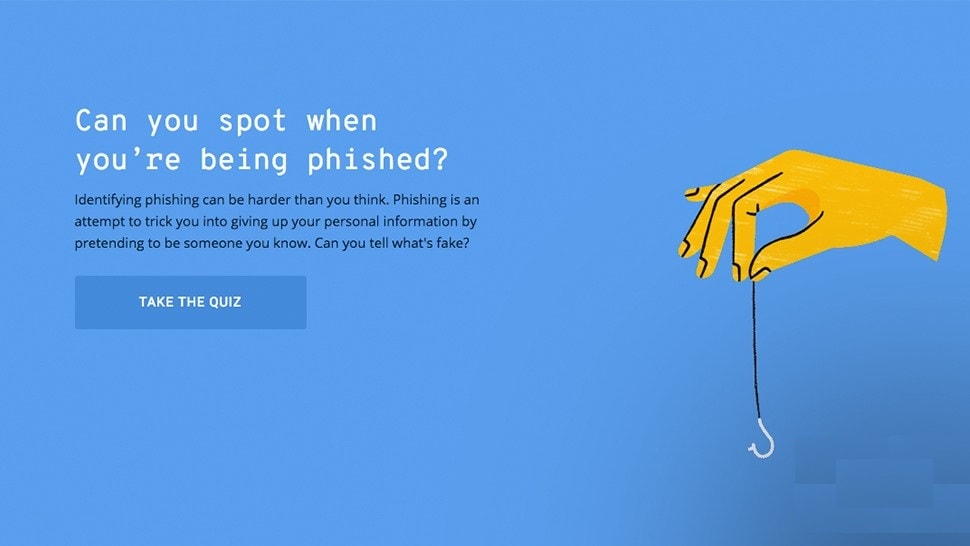
Would you be able to spot a phishing email?
By SleekMart
Would you be able to Spot a phishing email? We cover attacks that originated from phishing emails all the time. Sometimes they’re meant for individuals, other times for major organizations.
Of course, it’s not a new trend. Crooks who try to trick you into giving up your private information or install malware have been around just about as long as we’ve been online. And although these kind of scams should be second-nature and easy to spot by now, a lot of scammers are aware of this and work tirelessly to make those emails – along with fake sites they link to – look completely legit. And that means a lot of people still fall for it.
So what do you think about your own skills in determining what’s real and what’s fake? Would you be able to find all the tells in a phishing email? Take this new quiz to find out.
Google’s Jigsaw has a new quiz to test just how much you know about all the ways scammers will try to trick you. And even for someone who knows what to look for, it’s still not a very easy quiz. Some are examples of an innocent email, while others have all been inspired by real phishing emails that Google has come across.
And this quiz will not only tell you if you were right or wrong, it’ll also point out the details you can use to spot phishing emails in the future. And seriously, some of these details can be so subtle, that they’re very easy to miss.
Click or tap here to take Google’s phishing email quiz
How to protect yourself from phishing emails
The quiz aside, some phishing emails could look so genuine that you can be caught with your guard down. But there are some preventive measures you can take to make sure none of your accounts or information is compromised.
Watch out for links
If there’s even a chance that you’ve come across a phishing email, don’t click on any links. Go to the website in question by typing the address directly in another window or tab. And stay away from attachments, too.
Don’t respond
It’s not just about links and attachments. Don’t respond with personal details to any email that seem even slightly suspicious – even if it’s a company you do business with.
We’ve said it before, and we’ll keep saying it. Stop using the same password for multiple accounts. All it takes is one breach to potentially expose any number of your other accounts. We’ve got tips on creating strong, unique passwords you can check out by clicking here.

